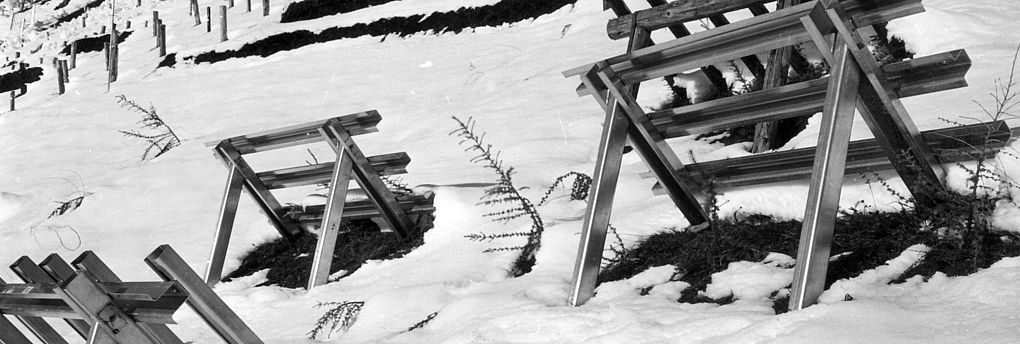
Avalanche risk management recognised as UNESCO cultural heritage
Managing avalanche risk was inscribed in the Representative List of the Intangible Cultural Heritage of Humanity on 29 November 2018. The dossier supporting the application was produced by the WSL Institute for Snow and Avalanche Research SLF together with several partners.
Under the auspices of the Swiss Federal Office of Culture (FOC), the SLF has prepared the application during the last two years together with representatives of Canton of Valais, the Swiss Alpine Club (SAC), the Swiss Mountain Guide Association (SBV), and the Federal Office of the Environment (FOEN). A number of Austrian organisations and institutions were also involved. This was the first time that Switzerland had submitted an application for inscription in the UNESCO Representative List of the Intangible Cultural Heritage together with another country.
This successful cross-border, multi-agency approach reflects the everyday practice of managing avalanche risk, crucial aspects of which include engaging as many stakeholders as possible and balancing the diverse interests. In the absence of such a policy, sustainable solutions would be impossible to achieve. According to SLF Director Jürg Schweizer, “Such successful collaboration between the federal government, cantons and local authorities, alongside the SAC, mountain guides and researchers, is probably without precedent.”
Expression of cultural identity
Although intangible, for mountainous countries such as Switzerland, where it has long since been a substantial element of the national identity, managing avalanche risk is a matter of existential importance. As long ago as the early 19th century, avalanche defense structures were erected in avalanche starting zones – walls and earthen terraces were constructed for the purpose of preventing avalanches. And individuals such as foresters pioneered the practice of observing and recording avalanches. In the 1930s, when the Federal Expert Commission for Avalanche Research was founded, and ten years later when the institute’s first home was built on the Weissfluhjoch, a national platform was established for conducting and supporting professional scientific research of global significance. The avalanche warning, its best-known service is the avalanche bulletin, became a public mission, as did the planning of sustainable land use with the aid of avalanche danger maps.
Recognition will raise awareness
Now integrated alongside the latest technology and innovative science, knowledge handed down across the centuries continues to play an important role in the evaluation of avalanche danger. Global climate change is currently triggering significant changes in high Alpine regions in particular. Switzerland and other mountainous countries are therefore likely to witness an increase in the incidence of natural hazards, such as snow and rock avalanches, debris flows, rock slope failure and melting permafrost. At the same time, the desire to provide better and more cost-effective protection, and to produce more precise forecasts, is growing all the time. These aspirations apply in particular to the practice of managing avalanche risk. Expressing his delight with the inscription, Jürg Schweizer comments, “This recognition underscores the excellence of the cooperation that is being carried out and raises awareness of a danger that is often underestimated.”
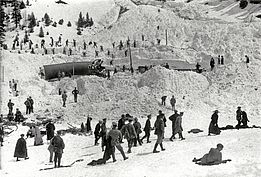
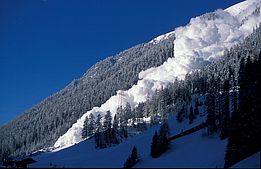

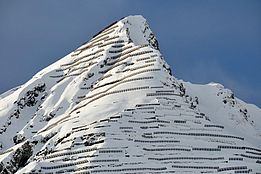
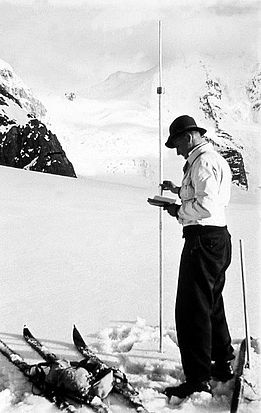
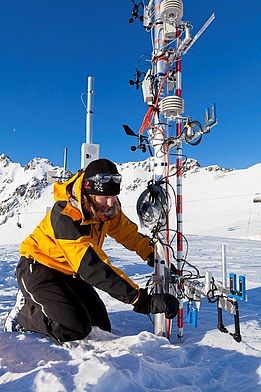

Copyright
WSL and SLF provide the artwork for imaging of press articles relating to this media release for free. Transferring and saving the images in image databases and saving of images by third parties is not allowed.
Links
- Press release of the Federal Office of Culture (in German)
- Intangible cultural heritage in Switzerland (in German)
- Candidacy video "Custom of managing avalanche danger"
Custom of managing avalanche daner
Partner